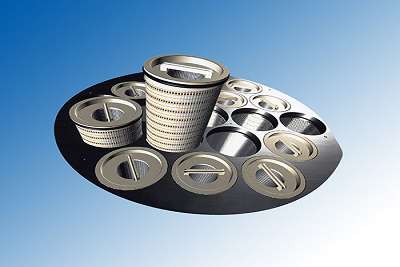Global sales of electric cars accelerated quickly in 2020, rising by 43% to more than 3 million units whereas the overall car industry declined by 20%. The rise in electric car sales is driven by government policies to reduce carbon emissions and two additional factors:
- Electric cars continue to improve their technical performance in terms of autonomy
- There are more and more private and public recharging facilities in urban and rural areas.
Market analysts predict that EV sales will exceed 30 million in 2027 and grow to 73 million per year in 2040, demonstrating an apparent acceleration of the market demand for this innovative technology.
The continuous progress of EV battery technology continues to be the main driver of the market demand for electric vehicles. Undoubtedly, lithium-ion batteries have contributed most to the advanced development of the EV sector in recent years. These are the best batteries if we consider three parameters: optimization of the size and weight of the battery, the ratio of mass to the amount of stored energy and a favourable price.
-
Challenge
-
Solution
-
Results
The electrochemical cell is the smallest but most crucial component of the lithium-ion batteries that power EVs. The electrochemical cell consists of a cathode and an anode, which are separated physically but connected electrically by an electrolyte solution. The discharge of a battery occurs when lithium ions diffuse from the anode to the cathode through the electrolyte, as illustrated in the diagram on the right. To optimize the electrolyte's performance—ensuring high ionic conductivity and excellent chemical and electrochemical stability—it's essential to minimize the content of solid particles. The liquid electrolyte must be filtered before the filling phase to achieve this. It prevents premature functional degradation, especially the charge and discharge rates over time. A major chemical company wanted to upgrade its filter solutions to meet the cleanliness specification of the liquid electrolyte required by the EV battery manufacturer.
The main technical challenge was the chemical nature of the electrolyte itself: a very high degree of acidity requiring specific coating materials to protect the filter vessels. The single or multi-element stainless steel filter vessels had to be PFTE-coated to avoid premature aging and mechanical damage. The cleanliness levels targeted for this high-purity process application required very fine particulate removal ratings (from 0.45µm to 2µm). Various filtration technologies were employed to reduce the total cost of ownership, depending on the placement of the filters in the production process, whether for bulk filtration, point-of-use filtration, intermediate stages, or final products.
With the Pall filter solutions installed on the liquid electrolyte production line, the chemical company could supply a super clean-finished product to its customers. The cleanliness level achieved on the electrolyte at the point of use enabled the EV battery producer to avoid premature aging or functional dam
Shop Featured Products
Learn more about the solution that can support your applications or contact an expert today.
Contact our experts for more information







